This article brings you relevant knowledge about Redis, which mainly introduces related issues about the thread model. Redis is a single thread. Let’s take a look at it together. I hope Helpful to everyone.

Recommended learning: Redis video tutorial

Redis is a single thread, which requires To pay attention to.
First of all, we will have a client. This client actually used a tool like redis client to connect to the redis server before us.
If we integrate it into java later, the corresponding client will actually be provided in java.
Then we will have a redis server, which is actually one of our redis. After the entire service is started, it will have a process.
In our release, it actually has two things internally.
First of all, it will have a multiplexer, which we have already introduced in the previous lesson. It is a non-blocking model.
Then it actually has a file event allocator, which is specially used to allocate some events.
Under this, it will be divided into three different processors, let’s take a look at each.
First there is a connection response processor, and finally there is a command request processor, and there is a command reply processor.
How to understand it? First let's look at a connection response handler.
When connecting to the response processor, one of its main functions is to maintain a link with our client.
Once one of our redis servers is started, we will actually have a read event bundled with our connection responder.
Its full name is actually called AE_readable. You can think of it as a sign, it will have such an event, and this event will be bundled with our connection response processor.
Finally, when one of our clients and our server are going to establish a connection, this actually means that we typed a redis client in the command line tool at the beginning, which is definitely needed at the beginning. Let's establish a connection with our server. When establishing a connection, it will actually send a read flag, which is actually a read time. At this time, in our redis server, it will actually have a server socket.
Server socket actually corresponds to one of our client sockets. They are a piece of content in network programming, and the communication between them is a socket. After we come into contact with an event like read, we will then hand it over to our multiplexer for processing.
If you leave it to him for processing, he is actually non-blocking. Once he receives it, he will put it into an arrow like ours.
As for this arrow here, we can actually call it a pipeline, or we can also call it a queue. It will be thrown in here. After being thrown in, this world will actually reach our file event dispatcher. When this allocator recognizes that it is a read event, it will match our connection response processor, that is, hand it over to it for processing.
It is a read that matches each other.
At this time, it can actually show that our client and server have established a connection. After the connection is established, if the read flag is set, this event will actually be handed over to our command request processor. If this command requests the processor, you can think of it as specifically processing requests, that is, a request. Then the command reply processor, you can understand it as a response, that is, a response.
Then we may have to go to the client, for example, we have to set a value, right? If you set a value, for example, set name ***, it is actually a command.
For this command, one of its world types is actually a read. Then it is thrown to the multiplexer through the server socket. After getting it, it is put into our queue and then handed over to the file event dispatcher.
After the file event dispatcher gets it, it will make a judgment. It will judge that the matching event is a read event. When it is a read event at this time, our command request processor will be asked to process our command. He will recognize it. He will recognize that the current one is a set name ***, so he will do a process. He wants to store a content set by our user and store this key value in our memory. This is actually the processing of a command request, which is a request.
When it is processed, it will then assign a white, which is a written identifier. If this logo is written here, we can actually use it as a response. Because after one of our requests is actually processed, after we finish entering a command, we may see an ok, right? If this is ok, it is actually equivalent to a piece of content written back to us by one of our command reply processors. So he will use a mark written by a write. In this way, one of our written tags will actually be bundled with our command reply processor. As for write, its full name is actually an event type called AE_writable.
Okay, then on our client, we actually need to do a write-back. It's ok, or when we are querying the list and we want to display all the contents in the list, it is actually a case of write-back. We want to display the content at the bottom of the console, which is an event type such as write. It is then handed over to our multiplexer and then thrown to one of our queues, which is assigned to one of our file event dispatchers. This time our web events will be matched. The web event is matched.
Subsequently, our command reply processor will do a write-back. It will put our OK, or the number of a list we obtained, the contents of the list, etc. As long as there is some content that needs to be displayed, it will be used as a response, that is, the content of the response will be written back to one of our clients and displayed on the client. In our current entire model, there are actually two different events, one called readable and the other called writable.
Of course, what we are setting up now is just one client. If we have multiple clients, their principles will be exactly the same. This is actually a threading model of release. It may be difficult to understand when you first come into contact with it, but it doesn't matter. This picture can actually help everyone deepen this intention.
Then his entire processing process can also be understood by following what I said. In order to facilitate everyone's understanding, we draw a picture here to give an example.

Suppose we have a KTV now, and this KTV is redis.
Then we have a lot of customers who want to sing. If they want to sing, there will definitely be employees in our KTV. We will divide the employees into two categories.
The first category is the receptionist at the door, and the second category is the lobby manager.
The receptionist at the door is actually a multiplexer, and the lobby manager is actually a file allocator.
Then, our customers must have some corresponding requests, or corresponding needs. At this time, we must ask the receptionist at the door and ask the receptionist at the door to do simple tasks. Some processing.
Maybe he wants to see what kind of activities the user wants to participate in, whether there are any coupons, etc.
Then the order taker at the door, if he is sure that the customer wants to sing, can say please go to the back, there is a passage behind. This passage is actually a queue. You line up to go to this passage. When you walk inside, it is a business hall for our entire KTV. There will be a lobby manager in the business hall. The lobby manager will handle a real request from one of our customers.
Then in one of our KTVs, we will definitely have a box. Each box will handle users and handle different requests from customers. Inside our box, there will be three young ladies or young brothers, who will handle different needs for users.
For example, the first one opens the door specifically for customers. The action of opening the door is equivalent to establishing a link between one of our clients and the release. Once the door opens, you can come in, right? After he comes in, this young lady will no longer be responsible for his corresponding work. He will hand him over to one of our subordinates. The following young lady or brother will handle some requests specifically for users.
For example, if a customer requests a song, the person requesting the song will be asked to do some corresponding processing. The way to do this is to turn on the computer and order and select songs. After selecting the song, you have to respond to the customer. You've got a point, right? You also need to hand some microphones to customers, so at this time there will be a notification that there is such a young lady, and this young lady will give this microphone to the customer. You can go sing now. We have already ordered this song for you. Go ahead and sing.
At this time, the whole action of a customer requesting a song and singing in the KTV is actually completed. This actually corresponds to an operation performed by a client that we mentioned in the release thread model before. First, the connection is established, then the request is processed, and then one of the requests is responded to. There are three steps in total.
In our area, the entire lobby manager and their song request notifications are actually handled internally. That is based on one of our boxes. As for the box, in our redis, can we use it as a memory, because operations such as storage and reading in redis are actually based on memory. So it is very fast if it is in memory.
If you are in our private room, you can sing in the private room, order some fruits, drink some beer, etc. In fact, if the operations are all based on one of our internal boxes, its series of actions, etc., will actually be completed very quickly.
This can actually be a simple understanding for one of our thread models. As for our redis, it is actually a single-threaded mode. Why is using a single-threaded model very fast?
In fact, there are two main points.
The first point is that one of our door receptionists is actually a multiplexer. As for this multiplexer, it is based on a non-blocking model, so it is processed very quickly. It will not wait for responses one by one because of the previous blocking mode. Now that a model like an IO multiplexer is used, its processing performance is actually very, very fast.
The other part is our lobby manager. This part actually operates based on memory. For pure memory operations, it will actually be very, very fast.
Of course, after using a single thread, one of its functions has also been mentioned. If a single thread is used, it can avoid multi-threading. Because if you have multiple threads, you may use one of its context switches. Once switched, it may cause some problems. In addition, some corresponding losses can also be avoided. So when we use the trunk model, its concurrency and efficiency are very, very high.
Recommended learning: Redis video tutorial
The above is the detailed content of Graphical analysis of Redis thread model. For more information, please follow other related articles on the PHP Chinese website!
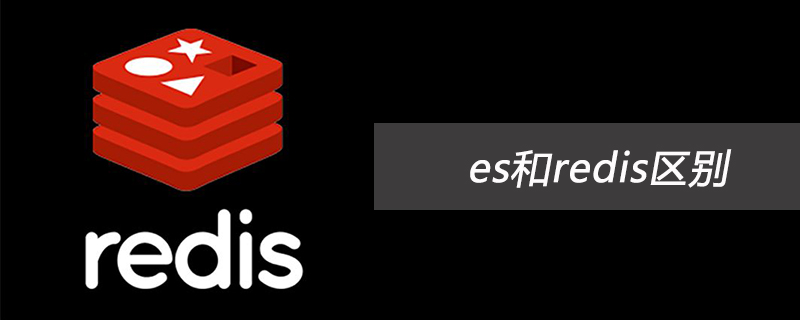 es和redis区别Jul 06, 2019 pm 01:45 PM
es和redis区别Jul 06, 2019 pm 01:45 PMRedis是现在最热门的key-value数据库,Redis的最大特点是key-value存储所带来的简单和高性能;相较于MongoDB和Redis,晚一年发布的ES可能知名度要低一些,ES的特点是搜索,ES是围绕搜索设计的。
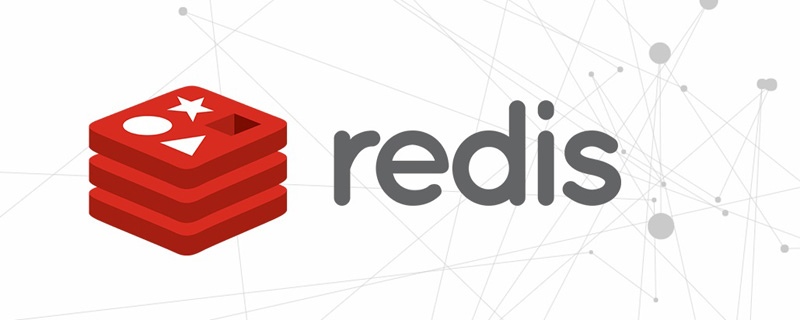 一起来聊聊Redis有什么优势和特点May 16, 2022 pm 06:04 PM
一起来聊聊Redis有什么优势和特点May 16, 2022 pm 06:04 PM本篇文章给大家带来了关于redis的相关知识,其中主要介绍了关于redis的一些优势和特点,Redis 是一个开源的使用ANSI C语言编写、遵守 BSD 协议、支持网络、可基于内存、分布式存储数据库,下面一起来看一下,希望对大家有帮助。
 实例详解Redis Cluster集群收缩主从节点Apr 21, 2022 pm 06:23 PM
实例详解Redis Cluster集群收缩主从节点Apr 21, 2022 pm 06:23 PM本篇文章给大家带来了关于redis的相关知识,其中主要介绍了Redis Cluster集群收缩主从节点的相关问题,包括了Cluster集群收缩概念、将6390主节点从集群中收缩、验证数据迁移过程是否导致数据异常等,希望对大家有帮助。
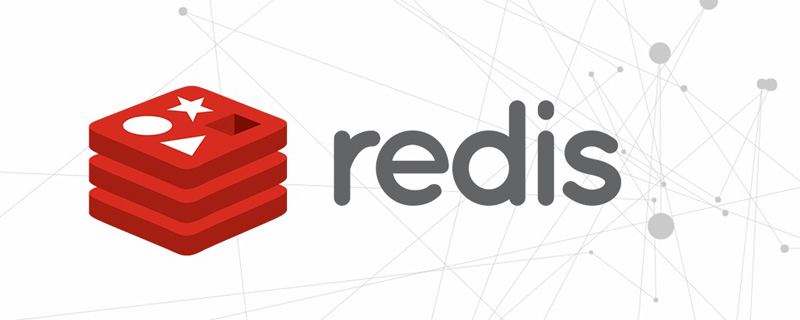 Redis实现排行榜及相同积分按时间排序功能的实现Aug 22, 2022 pm 05:51 PM
Redis实现排行榜及相同积分按时间排序功能的实现Aug 22, 2022 pm 05:51 PM本篇文章给大家带来了关于redis的相关知识,其中主要介绍了Redis实现排行榜及相同积分按时间排序,本文通过实例代码给大家介绍的非常详细,对大家的学习或工作具有一定的参考借鉴价值,希望对大家有帮助。
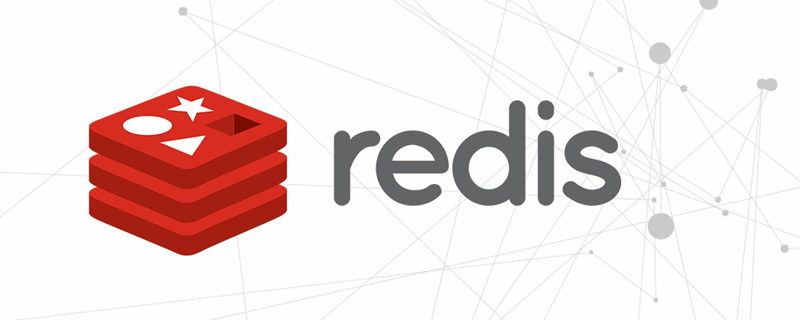 详细解析Redis中命令的原子性Jun 01, 2022 am 11:58 AM
详细解析Redis中命令的原子性Jun 01, 2022 am 11:58 AM本篇文章给大家带来了关于redis的相关知识,其中主要介绍了关于原子操作中命令原子性的相关问题,包括了处理并发的方案、编程模型、多IO线程以及单命令的相关内容,下面一起看一下,希望对大家有帮助。
 实例详解Redis实现排行榜及相同积分按时间排序功能的实现Aug 26, 2022 pm 02:09 PM
实例详解Redis实现排行榜及相同积分按时间排序功能的实现Aug 26, 2022 pm 02:09 PM本篇文章给大家带来了关于redis的相关知识,其中主要介绍了Redis实现排行榜及相同积分按时间排序,本文通过实例代码给大家介绍的非常详细,下面一起来看一下,希望对大家有帮助。
 一文搞懂redis的bitmapApr 27, 2022 pm 07:48 PM
一文搞懂redis的bitmapApr 27, 2022 pm 07:48 PM本篇文章给大家带来了关于redis的相关知识,其中主要介绍了bitmap问题,Redis 为我们提供了位图这一数据结构,位图数据结构其实并不是一个全新的玩意,我们可以简单的认为就是个数组,只是里面的内容只能为0或1而已,希望对大家有帮助。
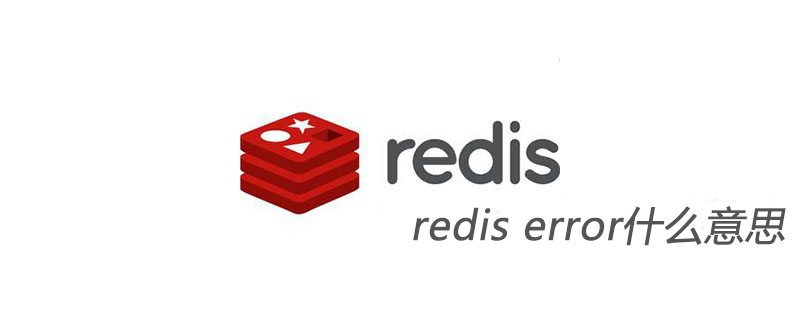 redis error什么意思Jun 17, 2019 am 11:07 AM
redis error什么意思Jun 17, 2019 am 11:07 AMredis error就是redis数据库和其组合使用的部件出现错误,这个出现的错误有很多种,例如Redis被配置为保存数据库快照,但它不能持久化到硬盘,用来修改集合数据的命令不能用。


Hot AI Tools

Undresser.AI Undress
AI-powered app for creating realistic nude photos

AI Clothes Remover
Online AI tool for removing clothes from photos.

Undress AI Tool
Undress images for free

Clothoff.io
AI clothes remover

AI Hentai Generator
Generate AI Hentai for free.

Hot Article

Hot Tools

EditPlus Chinese cracked version
Small size, syntax highlighting, does not support code prompt function

SublimeText3 English version
Recommended: Win version, supports code prompts!

MinGW - Minimalist GNU for Windows
This project is in the process of being migrated to osdn.net/projects/mingw, you can continue to follow us there. MinGW: A native Windows port of the GNU Compiler Collection (GCC), freely distributable import libraries and header files for building native Windows applications; includes extensions to the MSVC runtime to support C99 functionality. All MinGW software can run on 64-bit Windows platforms.

SublimeText3 Linux new version
SublimeText3 Linux latest version

SAP NetWeaver Server Adapter for Eclipse
Integrate Eclipse with SAP NetWeaver application server.






